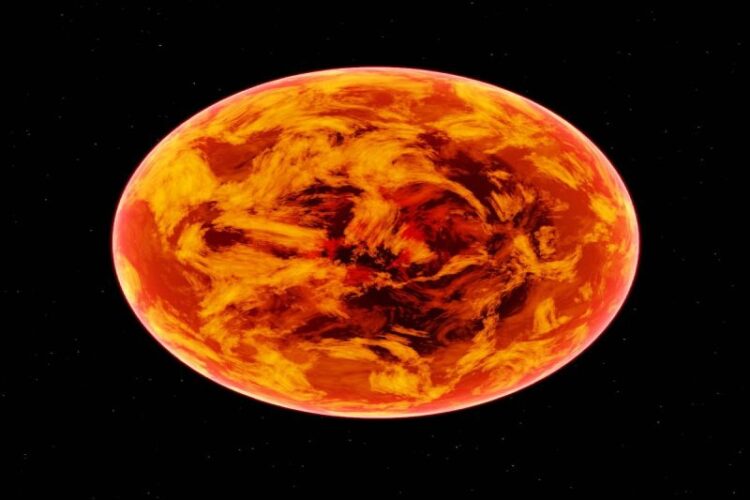Surviving on the surface of Venus is an impossibility due to its crushing atmospheric pressures and scorching temperatures. However, if one could stand on the planet for a brief moment, would they witness lightning? A recent study suggests that the answer might be a resounding “probably not.”
This research, conducted by a collaborative team from the University of Colorado Boulder, West Virginia University, the University of California, Los Angeles, and the University of California, Berkeley, reevaluated signals originating from Venus, the second-closest planet to the Sun.
In 1978, when NASA’s Pioneer Venus entered Venus’ orbit, it identified what scientists refer to as “whistler waves.” On Earth, these electromagnetic ripples are typically generated by lightning, leading researchers to conclude that similar waves indicated electrical activity on Venus.
However, the latest study challenges the initial assumptions about Venusian lightning.
Harriet George, a magnetospheric physicist and the lead author from the University of Colorado Boulder, explains, “There’s been debate about lightning on Venus for close to 40 years. Hopefully, with our newly available data, we can help to reconcile that debate.”
Whistler waves are categorized as very low-frequency (VLF) electromagnetic waves because they emit a ‘whistling’ sound when detected by radio operators. They result from collisions between electrons in the atmosphere, usually triggered by lightning strikes.
This recent study utilized data gathered in 2021 by NASA’s Parker Solar Probe, a spacecraft en route to the Sun. Whistler waves were once again detected, but an intriguing anomaly emerged: the waves were moving in the wrong direction.
Rather than dissipating into space, as typically happens with lightning storms, these whistler waves were descending towards Venus’ surface. This unexpected finding implies that lightning might not be the primary source of these electrical signals.
David Malaspina, a space plasma physicist from the University of Colorado Boulder, notes, “They were heading backward from what everybody had been imagining for the last 40 years.”
This doesn’t necessarily negate the existence of lightning on Venus, but it suggests that lightning may be infrequent. Moreover, the abundant whistler waves detected by passing spacecraft appear to originate from different phenomena.
The exact processes responsible for these whistler waves remain unexplored in-depth in this study. However, the researchers speculate that magnetic reconnection might play a role, wherein the magnetic field lines surrounding Venus twist, snap, and subsequently reconnect.
The debate surrounding Venusian lightning is far from settled, and more detailed data is required to reach a definitive conclusion. Fortunately, the Parker Solar Probe is set to make another pass, offering researchers another opportunity to scrutinize Venus’ atmospheric conditions.
David Malaspina highlights the significance of this research, stating, “It’s very rare that new scientific instruments make it to Venus. We don’t get a lot of chances to do this kind of interesting research.”
Disclaimer: The views, suggestions, and opinions expressed here are the sole responsibility of the experts. No Euro Tidings journalist was involved in the writing and production of this article.





